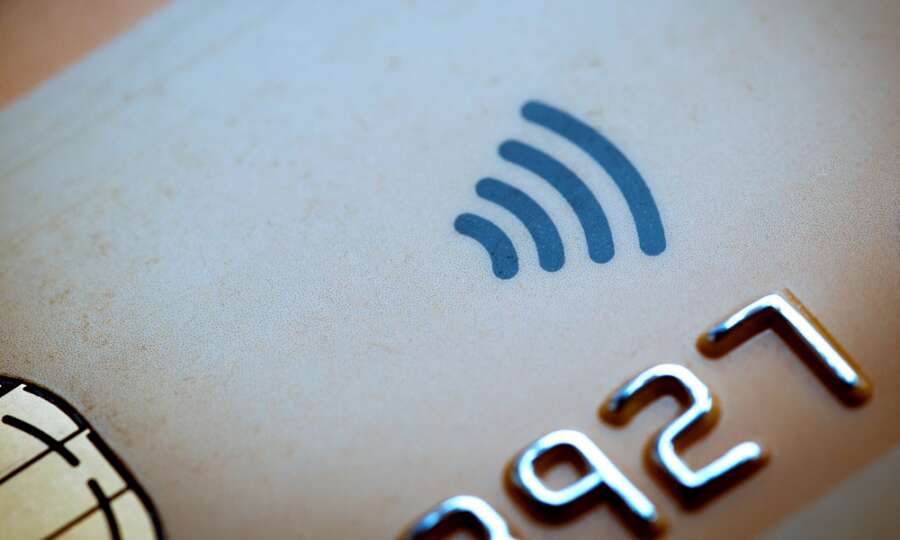

By David Maisey, CEO, MultiPay Global Solutions
Next month, UK customers will no longer be able to pay with their Visa cards on Amazon’s online store. Just a few years ago and this situation would have been unthinkable. Visa, one of the world’s largest card providers being blocked as a payment method for Amazon would have been seen as a huge negative impact on customer experience (CX). Yet, thanks to the arrival of alternative payment methods, this is no longer the case.
By taking such a drastic step, Amazon is making people question the key elements and foundations of the retail and customer experience. As a vital part of CX, payment has long been a battleground between retailers. But rarely has it been one between retailer and card provider. Even the arrival of mobile payments like Apple Pay and Google Pay did not cause the disruption that we are set to see. With Amazon questioning Visa’s fees and seeing them as too high, other retailers will be doing and thinking the same. Be in no doubt; this is a watershed moment for the retail and payment sectors.
What happens next?
We are now several weeks down the road from Amazon going public with its dissatisfaction with Visa and the fees it charges and so far,neither company has backed down. For Amazon or Visa to do so would be highly problematic. For instance, if Amazon backs down and starts accepting Visa again as a payment method, then it will not have achieved its aim of lowering fees yet seeded confusion with its customer base. If Visa backs down, then you can be sure that other retailers will be asking for their own reductions on fees too. This wouldcreate an existential crisis for one of the world’s largest card providers. What is more, if Visa did backdown, then Amazon would come under huge pressure to pass on the savings to its customer base, potentially wiping out any financial gain it could have made.
Instead, rather than backing down, I expect Amazon will launch its own alternative, account-to-account (A2A) payment option. It is already likely to have been working on this for some time. If it does launch an alternative payment method, then it will be a significant step in revolutionizing payments and offering more choices to consumers. Data from Omdia highlights how big a trend alternative payments are set to be, with it being a top open banking priority for card issuers and acquirers.
The move to alternative payment methods, and in particular A2A payments, is great news for retailers. Offering significantly lower processing fees, A2A payments also ensure payment is available immediately to a retailer, rather than the usual days and even weeks it can take with a card payment. For consumers, it’s equally good news too. Beyond having an additional way to pay, retailers can incentivize customers to switch to A2A payments bypassing savings from processing fees directly to via discounts and bonus loyalty points.
Is this the beginning of the end of card payments?
While all this good news for retailers and customers can make it feel as though A2A payments will spell the end of card payments, it’s important to remember the market and mind share card payments already have. Debit card payments alone made up 44% of all payments made in the UK last year, which even with major retailers like Amazon switching to alternative methods is unlikely to disappear any time soon. On top of this, card payments also have their advantages. They are quick, convenient, secure, and widely accepted. While A2A payments offer all these features too, card payments have powerful mindshare with consumers that will not disappear overnight. Instead, A2A payments will indeed be an alternative, complementary form of payment that sits alongside exiting methods.
Alternative payments like A2A are not a pipe dream for retailers either. The technology not only already exists but is widely used in other parts of Europe such as Denmark, Switzerland, and Italy. Payment service providers are in the UK that can help set retailers up with an A2A payment method that does not require any new hardware to be installed. In fact, many Android payment terminals can have alternative payment methods added to them via a simple software update. For consumers, it’s just as easy. A2A payments can be done via a mobile app that reads a QR code generated by a merchant device at checkout. Once the QR code is scanned it triggers the payment process with the funds going directly to the retailer’s bank account, without a card fee being applied.
Beyond the technology side of things, the service that payment providers offer is just as important. Payments must work 24/7/365. Having a payment provider that understands this and offers a couture service tailored to a business’s unique needs will guarantee success with alternative payments.
Amazon and Visa’s very public fallout has far-reaching implications for the retail and payment sectors. If as expected Amazon does launch its own alternative payment method, then other retailers and businesses will likely follow suit as they see the advantages that providing alternatives to card payments offer. Ultimately, the true winners of the fallout between Amazon and Visa will be retailers and consumers who benefit from more choice, control, and an improved customer experience.


